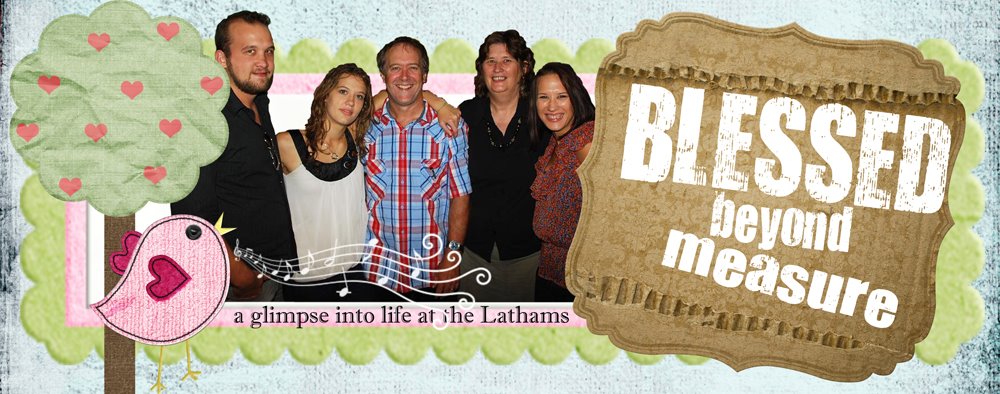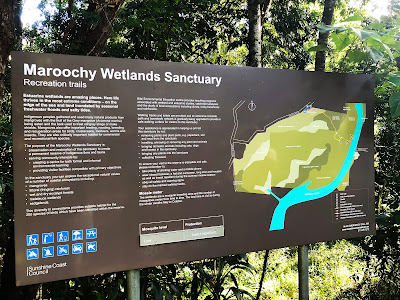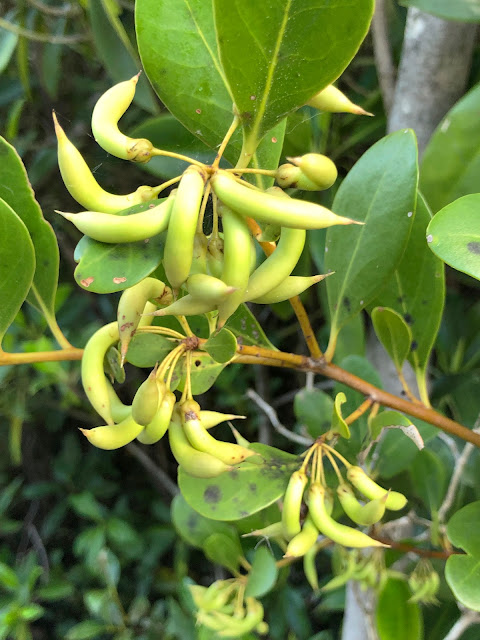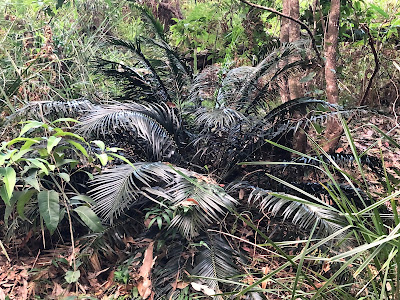MAROOCHYDORE WETLANDS...
After spending most of the day at home, playing games and chilling out, we decided to take the children out and get out of the house. We were still trying to keep away from the crowds as we had only had our booster shot a few days earlier. I have been following a Facebook page called "Sunshine Coast Kids" where they pretty much put daily posts up of places that you can take your children in and around the Sunshine Coast and Sunshine Coast hinterland.
I had also seen a post by a friend of mine a few months earlier where she had done this walk and also climbed Dunethin Rock, so thought it would be a great place to take the children and check it out...
The Maroochy Wetlands Sanctuary was established in 1989 through a
partnership between the Maroochy Shire Council, Education Queensland and
the community of the Sunshine Coast. This partnership was designed to
conserve this special place that sees the land and the river meeting the
sea to form complex and delicate ecosystems. Members of the local
community recognised the importance of contributing to the conservation
of this unique area and subsequently formed a support grouped named the
Maroochy Wetlands Sanctuary Support Group Inc. (MWSSGI).
The walk is roughly located halfway along Sports Road at Bli Bli and are accessible from the Bilaj Evironment Education Centre and Bli Bli Education where there is plenty of off street parking including disabled car parking spots. The wetlands are then accessed via a 2km walking track and boardwalk which leads from the Bilai Environment Education Centre through the marvelous Maroochy River wetlands out to a pontoon on the Maroochydore River.
We arrived around 3.30pm for our walk and one of the first things we needed to do was spray plenty of insect repellent on us as the mossies and sandflies were quite vicious...
 |
| Checking out the map before taking off on our walk.. |
 |
| Spraying up before heading through the swamp... |
The Maroochy Wetlands Sanctuary boardwalk passes through eucalypt, rain and mangrove forest down to the river. Native fauna including River Mangrove, Orange Mangrove, Swamp Oak, Milky Mangrove, Grey Mangrove, Native Wisteria, Flooded Gum, Bungwall Fern, Paperbarked Tea-Tree and Mangrove Fern. There is abundant bird life, as well as crabs, butterflies, reptiles, fish and other wildlife species that frequent the wetlands
The Children was excited to see so many bird boxes up in the trees and it became a game for them to find them all and count them. Initially they thought the boxes were for the possums but it didn't take them too long to work out that the hole into the box would be way too small for possums so it must be for all the different birds that live in the wetlands...
 |
| The children loved looking for these boxes high up in the forest... |
It was an easy walk along the boardwalk, in fact it would be very suitable for wheelchairs and strollers and prams with the whole walk being up off the ground on boardwalks or cemented paths...
The children had a wonderful time spotting all the birdlife, crabs, butterflies, mangroves and different plants and vines in the rainforest.
The other good thing about this walk is that there is the occasional seating so that you can take a rest if needed along the way.
We also found the old flower int he forest and lots of flowering mangroves.
Max of course was on the lookout for sticks. They are by far his most favourite thing and he can spend hours in a make believe world with all his sticks.
The sealed boardwalk, a sculptiural masterpiece in timber work, is two metres wide and approx. a kilometer long so there is plenty of room to wander side by side as we meandered along exploring both the wet and dry eucalypt forests, rainforest, melaleuca forest, casuarina woodland, salt marsh and mangroves.
The wetlands are home to over 200 species of native birds as well as five different species of crabs including the fiddler crab with its distinct large orange pincer claw. The children would constantly stop to watch the crabs and would get quite excited when they came across the different ones..
Within this wetland, life thrives in land on the edge o the sea, flooded by freshwater and salty tides. One of south-east Queensland's largest groups of Mangrove Ferns grow in these wetlands. There are also four different sorts of mangroves that can be found here.
There are five different kinds of mangroves that grow in these wetlands. The first one is The Grey Mangrove with it's peg-like pneumatophores on their roots and grey on the underside of the leaves. Max found a couple of these peg like pneumatophores and quickly informed me that they were sand pencils and wanted me to keep one for him...
The second is the River Mangrove, a shrub-like mangrove with no obvious roots and spoon shaped leaves, often with salt crystals on the surface. The third is the Orange Mangrove with 'know' roots, shaped like knobby bent knees. The fourth is the Milky Mangrove.. It has poisonous milky sap which also gives it the other common name of Blind-your-eye. and the final one is the Red Mangrove which is the least common of the Wetlands mangroves with their stilt-like prop roots.
 |
| Max found one of the The Grey Mangrove pegs and thought it was a sand pencil... |
 |
| Orange Mangrove with 'know' roots, shaped like knobby bent knees. |
 |
| One of the many crabs found in the wetlands... |
There are quite a few site markers listed all along the boardwalk with point to the sites at each location..
The boardwalk meanders down to the Maroochydore River, where there is a
pontoon and views of Mt Coolum. We spent a little time just sitting on the pontoon enjoying the serenity until a heap of jet ski's came roaring past. Max enjoyed them, but for the rest of us, they disturbed the peace. Still it was a lovely reward to sit out on the water after our walk through the wetlands and we enjoyed it along with a couple of other couples....
The golden leather fern or mangrove fern is a large species of fern that grows in mangrove swamps and other wet locations. Other common names include swamp fern and mangrove fern.
We've spent a good hour and a half enjoying this walk, but it is time to take off now...We want to drive out to Dunethin Rock and climb it to watch the sun set.. We know the kids will enjoy the rock climb and we've heard the views are amazing, so we are quite keen to do a little more exploring..




































































































































0 comments:
Post a Comment